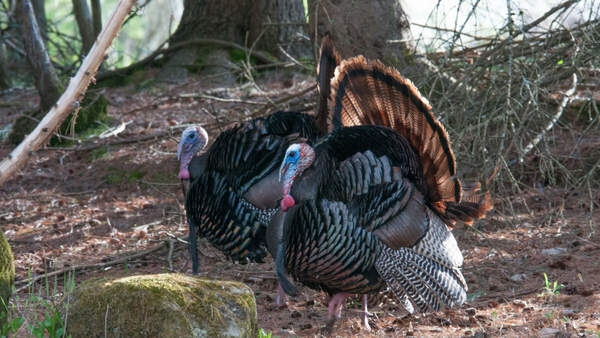
Medical Matters Weekly Previews June 2 Show with Neurologist
BENNINGTON, Vt. — Southwestern Vermont Health Care's (SVHC) Medical Matters Weekly with Dr. Trey Dobson, a weekly interactive, multiplatform medical-themed talk show, will feature Emma Weiskopf, MD, an neurologist with SVMC Neurology, on its June 2 show.
The show will air at 12 p.m. Dr. Weiskopf will reflect on her career serving patients with migraines, epilepsy, stroke, multiple sclerosis (MS), Parkinson's disease, and other conditions of the brain, spinal cord, and nervous system.
The show is produced with cooperation from Catamount Access Television (CAT-TV). Viewers can see Medical Matters Weekly on Facebook at facebook.com/svmedicalcenter and facebook.com/CATTVBennington.
Dr. Weiskopf received her medical degree from Albert Einstein College of Medicine in New York. She completed her residency at Mount Sinai Medical Center in New York and served as chief resident 2005 – 2006 before going on to a fellowship at New York University Medical Center 2006 – 2007. Dr. Wieskopf had been an attending neurologist at Berkshire Medical Center in Massachusetts 2008 – 2019. She is board certified by the American Board of Psychiatry and Neurology.
After the program, the video will be available on area public access television stations. On CAT-TV, viewers will find the show on channel 1075 at 7:30 p.m. Sunday, 1:30 p.m. Monday, 8:30 a.m. Tuesday, 7:30 a.m. Wednesday, 7:30 p.m. Thursday, 7:30 a.m. Friday, and 7 p.m. Saturday. GNAT-TV's Comcast channel 1074 airs the program at 8 a.m. Monday, 9 p.m. Wednesday, and 1 p.m. Saturday.
Upcoming guests include:
-
12 p.m. Wednesday, June 9: Executive Director of Hunger Free Vermont Anore Horton will talk about statewide food security initiatives.
-
12 p.m. Wednesday, June 16: Patricia Ryan, RN, will share how she helps mend and strengthen hearts at SVMC Cardiac Rehabilitation.
-
12 p.m. Wednesday, June 23: SVMC Pediatrician Meghan Gunn, MD, will share her interest in children's health and her thoughts about vaccinating adolescents and children for COVID-19.
-
12 p.m. Wednesday, June 30: Nicholas Weinberg, MD, Emergency Medicine physician at Dartmouth-Hitchcock Health with experience working on the search-and-rescue team at Mt. Denali in Alaska.
To contribute questions in advance of each week's show, please e-mail
wellness@svhealthcare.org or post to Facebook with #SVHCMedicalMattersWeekly.
Tags: svhc, SVMC,

















